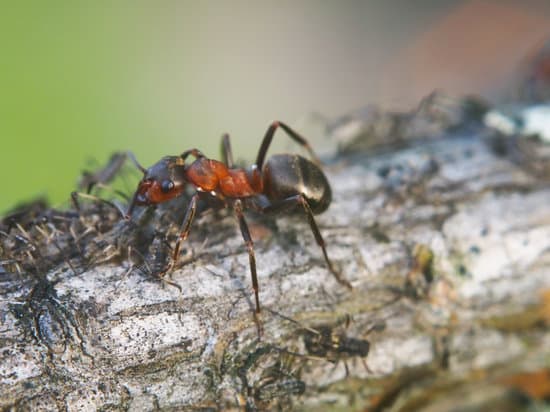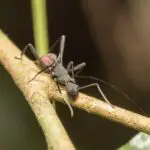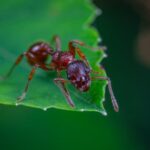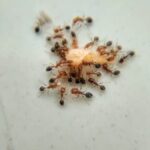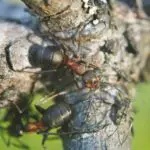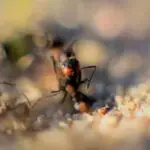How Do Ants Need Oxygen to Live?
Among insects, the ant is one of the most common creatures found in the wild. These tiny creatures live in colonies that range from one to many million ants. They have been around since the Jurassic period, 168 million years ago.
Ants have a unique method of transporting air around their bodies. Instead of having lungs, ants breathe through a series of tiny holes called spiracles. These holes are situated throughout their bodies and are connected to tracheae. The tracheae then transport the air to the ants’ cells.
Ants have a system of spiracles that is distributed evenly throughout their bodies. This allows air to be diffused near cells, allowing them to breathe enough oxygen to sustain activity. Each ant has 20 spiracles.
These spiracles are connected to branching tubes called tracheae. These tubes transport air straight to the ants’ cells. Ants are also able to hold their breath underwater for many hours. Some ants can survive submerged underwater for a few days.
During the fall, most species of ants put on fat and carbohydrates. This allows them to survive without much food for a few months. When they come out of hibernation, the ants feed on these carbohydrates and proteins. The fat helps the ants survive the winter months.
Ants can survive in water due to the presence of air bubbles. Some ants also use a doggy paddle to swim. The size of ants’ muscles makes them stronger than larger animals. This strength allows the ants to carry out more force.
